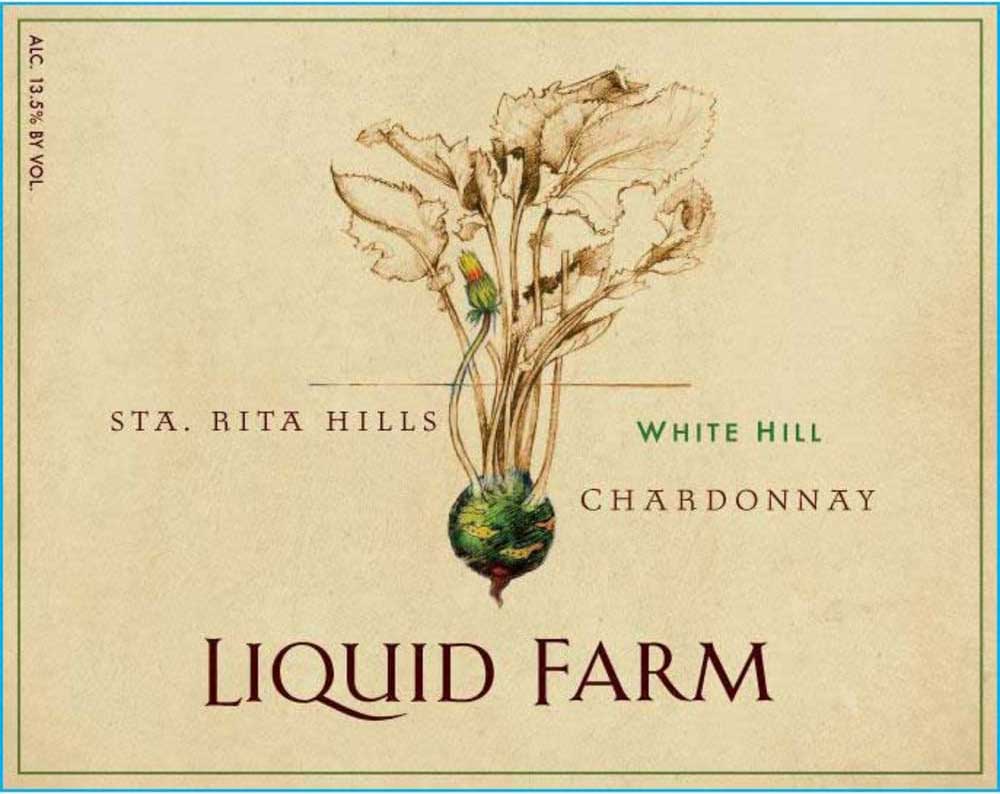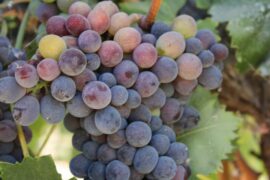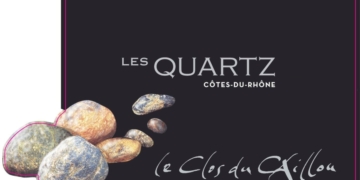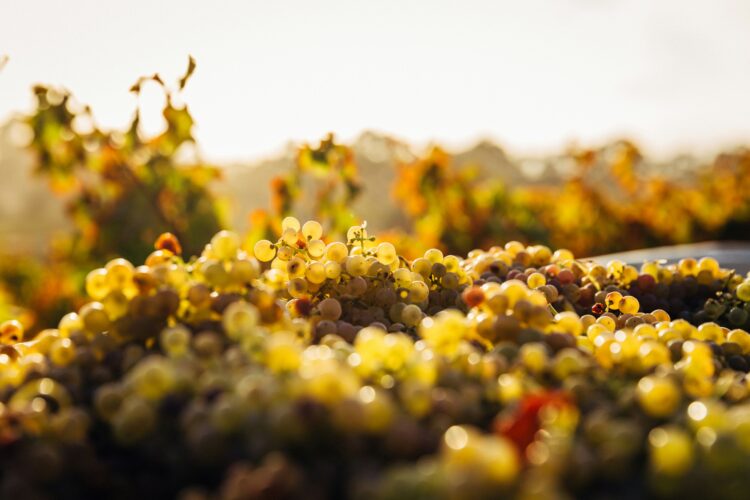Uruguay Harvest Report 2024: Promising Whites and Pinot Noirs Shine Despite Weather Challenges
Uruguay has wrapped up a challenging 2024 vintage, marked by extreme weather conditions. Despite these difficulties, there is optimism surrounding the white wines and Pinot Noirs, known for their lower alcohol content, vibrant acidity, and expressive aromas.
A Slow Start
Winter across most regions saw low temperatures and scant rainfall. According to Eduardo Félix, an agricultural engineer and technical advisor at the Instituto Nacional de Vitivinicultura (INAVI), spring made up for the harsh winter with excellent budding conditions. The dry weather during blossoming promoted healthy foliage and bunch development, while a cool start to summer led to slow ripening.
“Other than Albariño and Pinot Noir, most grapes ripened very slowly,” said Santiago Deicas of Bodega Familia Deicas, which owns vineyards throughout Uruguay. As a result, wines across the country exhibit lower alcohol levels and excellent natural freshness.

February Heatwave
Globally, February 2024 was the hottest on record, and Uruguay experienced a week-long heatwave with temperatures exceeding 35°C. Some vines, particularly in the stonier eastern regions, suffered from hydric stress. While the oceanic influence provided some relief, irrigation was necessary in certain areas.
Record Rains and Tannat Yields
Following the intense February heat, producers welcomed the slow ripening—until a week in March brought an average of 350mm of rain, causing floods in some areas.
Regions that harvested before the March rains achieved ideal ripeness and excellent quality for Uruguay’s flagship variety, Tannat. However, those who harvested afterward faced mixed outcomes. In Pan de Azúcar, Maldonado, where soils are stony and permeable, harvesting was completed without issues. But in southern areas like Las Violetas, Canelones, the heavier rains and clay soils significantly impacted the last Tannats, with some fruit left unharvested.
In Rivera, Uruguay’s northern region, a wetter-than-usual winter preceded the spring rains, with 400mm of rain falling monthly from September to December 2023. “We typically receive about 1,000mm annually,” said Francisco Carrau of Bodega Cerro Chapeu, the only commercial winery in the Rivera sub-region of Cerro Chapeu. The heavy rains led to a 40% reduction in Tannat yields.
Quality Whites and Pinot Noirs
The lower yields in the north had a silver lining. “Less fruit meant we could harvest everything more quickly, before the March rains. Thankfully, summer was dry, and we saw excellent fruit quality, particularly for white varieties,” noted Carrau.
Deicas also highlighted the quality of white wines and Pinot Noirs this year. “Albariño continues to impress, regardless of the harvest, and we picked Chardonnay and Pinot Noir long before the rain. The cool January ensured high quality as the fruit ripened,” he explained.
In Colonia, Uruguay’s westernmost region, the harvest concluded before the rains. Rodolfo Bartora of Los Cerros de San Juan was particularly pleased with the Riesling, Gewürztraminer, Chardonnay, and Sauvignon Blanc. Among the reds, he believes Pinot Noir, Merlot, Cabernet Franc, and Tannat have achieved the best balance.
While Uruguay has faced a series of challenging vintages recently, each year brings new lessons. For many producers, navigating the 2024 vintage was like steering through rough seas, but the promising quality of the white varieties suggests they have found safe harbor.





















































